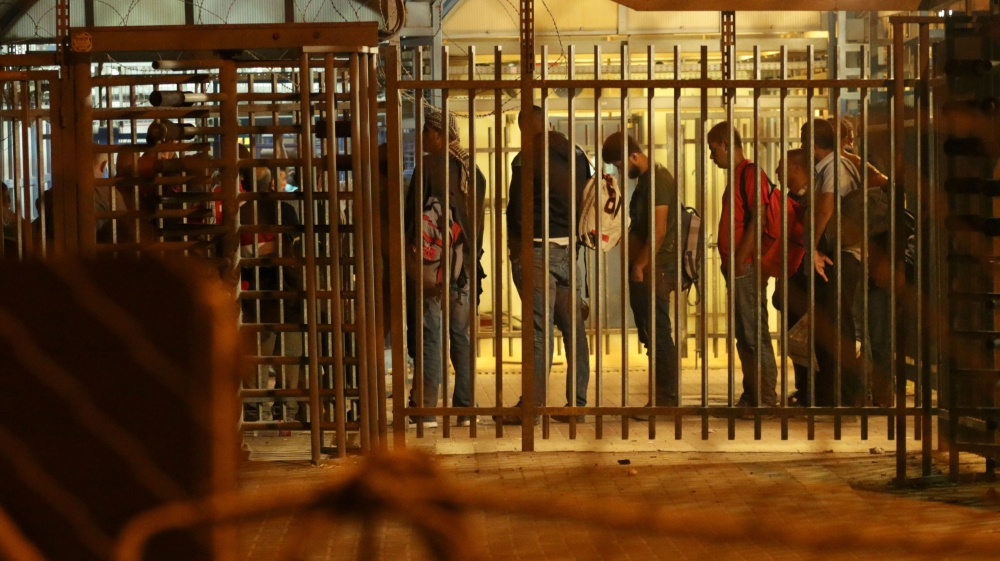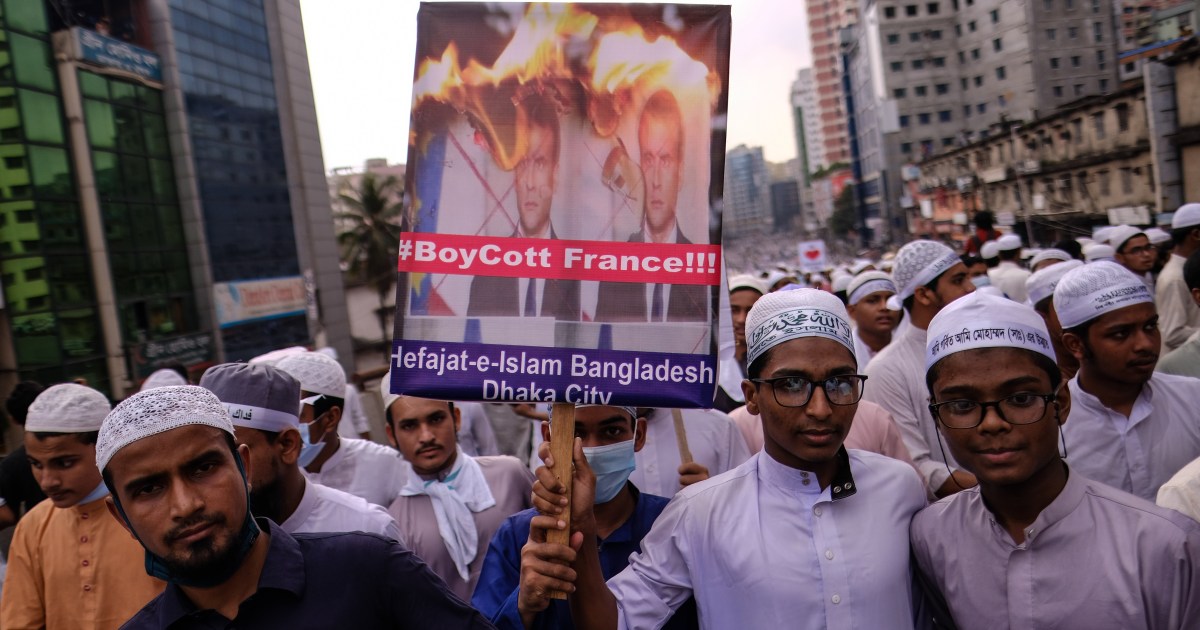India Lockdown: Economic Inequalities Make The Poor The Hardest Hit!
The stark economic inequalities in India make the poor the hardest hit-in any calamity that strikes, the Lockdown in the wake of the spread of Coronavirus being no exception. As per a study by Oxfam International in 2017 about 1% of the population held 73% of the national wealth generation while the wealth of 670 million people, the poorest half of Indian population, increased by just 1%. Then, a NSSO (National Sample Survey Organization) study in 2009-10 reported that the total employment in the country was 465 million out of which only 28 million worked in the organized sector and the remaining 437 million in the unorganized sector. Out of the unorganized sector workforce about 246 million worked in the agricultural sector, 44 million in construction and the rest in manufacturing and service.
About 93% of the Indian workforce was engaged as self-employed and in the unorganized sector as per the Economic Survey of 2007-08. With growing urbanization, a world trend, the scenario changed only a little over the past years and more than half of the Indian workers still remains a floating population-trying to earn as agricultural or construction workers in their home terrain or migrating to the urban areas in search of better livelihoods. Of course, there has been some impact in rescuing people out of poverty thanks to the pro-poor mass schemes undertaken by the Government of India in the past decade. As per another NSSO study around 30 million workers are constantly on the move migrating to various states. Such seasonal migrants dominate the low-paying, hazardous and informal market jobs in key sectors in urban destinations like construction, hotel, textile, manufacturing, transportation, services and household jobs and so on.
In 2017 the Economic Survey estimated that ‘the magnitude of inter-state migration in India was close to 9 million annually between 2011 and 2016, while the Census-2011 pegged the total number of internal migrants in the country (accounting for inter-state movement) at a staggering 139 million. Uttar Pradesh and Bihar are the biggest source states, followed closely by Madhya Pradesh, Punjab, Rajasthan, Uttarakhand, Jammu and Kashmir and West Bengal; the major destination states are Delhi, Maharashtra, Tamil Nadu, Gujarat, Andhra Pradesh and Kerala.’
With no security of employment or guaranteed monthly salaries this huge chunk of the Indian population became the immediate sufferers the moment Lockdown was imposed on 25th March, 2020. Next to them were hit the self-employed chunk that includes small-time traders, poultry farmers, shopkeepers, rickshaw pullers, auto-rickshaw drivers, cab drivers, delivery boys, vendors, scavengers and the like. Then, the poorest of the poor-homeless starving people, beggars on the streets, mostly in the urban areas. These people were rendered jobless, shelter-less after lockdown as the employers, out of fear and lack of any employment agreements, threw them out, and they could no longer afford to pay the rent for the accommodation some of them managed in the cities. And they desperately wanted to go home-that is the rural areas they migrated from. The heart-wrenching scenarios that followed are well-known to us thanks to the media campaigns. Many of them walked or cycled hundreds of miles home in the scorching heat-very few reaching home, most of them halted and quarantined on the way and some of them dying on the roads. Even now, some destination-states are mulling how to transport millions of desperate workers home instead of keeping them in temporary shelters indefinitely.
However, problems don’t end in just sending them home. In the first place they were the surplus population there and migrated to other states for livelihoods. Now, after reaching home how are they going to fend for themselves and survive? The existing subsistence population there in terms of agricultural and construction laborers are also out of job. On a positive note we must mention the great humanitarian campaigns undertaken by state authorities, the police, the religious organizations and the NGOs to give them free rations, direct fund transfers in a very limited way still and to feed the hungry.
The Indian economy has been on the downswing in the preceding years with unemployment rate reaching unprecedented highs. The COVID-19 lockdown is bound to make it worse and the most challenging task ahead as in many developed countries too.
A persistent worry in India has been the lack of an adequate financial package from the Government of India. Experts all around the globe have emphasized on making funds available to the poor as well as the industries/trades. Apart from the mere 500 bucks each transferred to the mass bank accounts which had witnessed piteously serpentine queues in front the banks and some money to the farmers’ accounts precious little has been done. With COVID-19 cases rising steadily and the authorities facing a dilemma in lifting or extending lockdowns the uncertainty looms perniciously for the deprived millions of India.
Stark realities involving the super-rich and the destitute in India are very common to us for decades; but the Coronavirus crisis has exposed these realities to an unbearable extent. In a way, this is fortunate, because the never-before focus is now on the poor of the country. The below-poverty-line citizens, the poor, the lower income group people in India never had a lobby or an influence to work for them except for false election promises. Now, at least, the government can no longer ignore them.
Source by Chinmay Chakravarty



